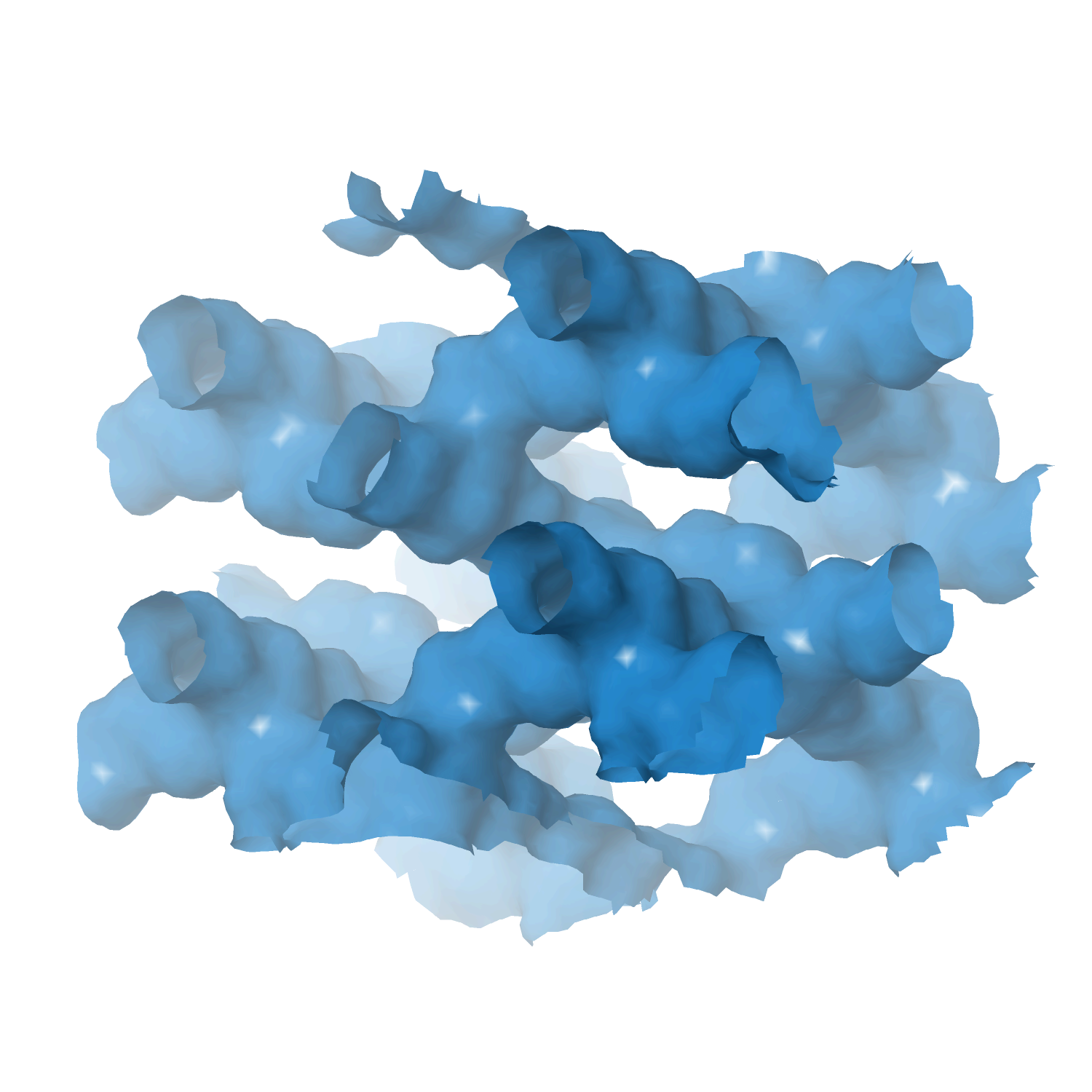Heterogeneous catalyst engineering ⇒ from stable and deactivation resistant to viable technical catalyst
Advances in heterogeneous catalyst “structure” are driven to improve their “function” or performance, i.e., activity, selectivity, and stability. Cooperative research is required to understand the structure and function relationships: developing new synthesis protocols for heterogeneous catalysts with unique surface properties, defined porosity, identification and understanding of catalytically active sites, reaction mechanisms, and finally, prediction and analysis of the processes using various computational tools.
Our group focuses on developing new catalyst formulations using innovative synthesis routes for various important heterogeneous catalysts. That includes thermal, electro, and bio-electro catalysis.
The active phase cannot be used directly in its final application or reactor for various reasons, including poor mechanical resistance, heat or mass transport, and fluidization features. We must mix the active phase with other ingredients in a matrix of binder and filler, while we shape it into a technical catalyst. We investigate new synthetic protocols for technical catalysis using spray drying and fluidized beds to cover the whole range of sizes. At the same time, we incorporate additional (unconventional) ingredients such as SiC to improve some features even further.
- Technical catalyst I ⇒ spray drying and extrusion
- Technical catalyst II ⇒ spray fluidized bed reactor
- Technical catalyst III ⇒ electrospinning
- Zeolite catalysts ⇒ with defined structure/porosity
- Multi-metal (high entropy) alloy catalysts
- MXene catalysts ⇒ single and multi-dimensional
- Perovskite catalysts
- Metal-organic framework (MOFs) catalysts
- Supported metal/metal-oxide catalysts
- Aerogel catalyst
Engineering the TiOx Overlayer on Ni Catalyst to Balance Conversion and Stability for Methane Dry-CO2 Reforming
by
Bai, Yao, Cheng, Mohamed, Telalovic, Melinte, Emwas, Gascon
ACS Sustainable Chem. Eng.
Year:
2024
DOI:
https://doi.org/10.1021/acssuschemeng.3c07051
Abstract
Ni-supported catalyst is a viable system to convert methane and carbon dioxide into syngas through methane dry reforming, with the main drawbacks of its fast deactivation being sintering and coking. Here, we developed methods to engineer a TiOx overlayer on Ni/TiO2 catalysts to shield the catalyst against sintering and coking while preserving the Ni accessibility and, thus, conversion. These methods involved altering TiO2crystal phases, pretreatment, and reaction conditions in the reforming stage. Through characterization, testing, and operando spectroscopy, we found that the TiOx overlayer with incomplete Ni coverage maintained a balanced conversion and stability by quenching the sintering and coking. Conversely, thick or nonexistent overlayers led to lower conversions or faster deactivation. The formation of TiOx overlayer increased the CO2activation capacity and oxygen mobility and protected Ni from sintering by its shield function. At the same time, the reaction pathways remained unchanged despite the TiOx overlayer with different morphologies.
Keywords
CHA
HCE
